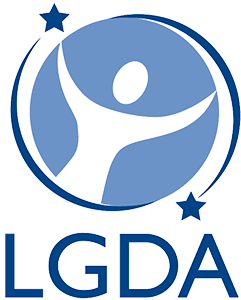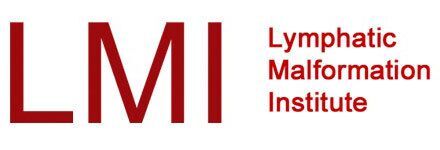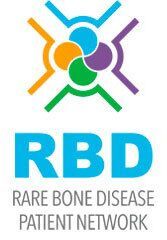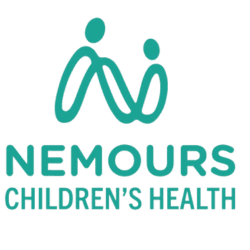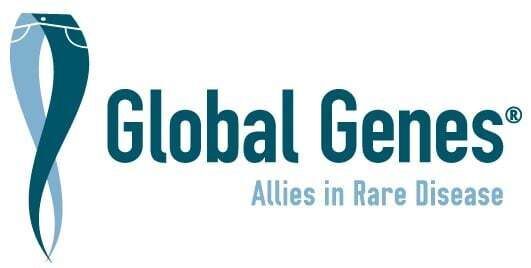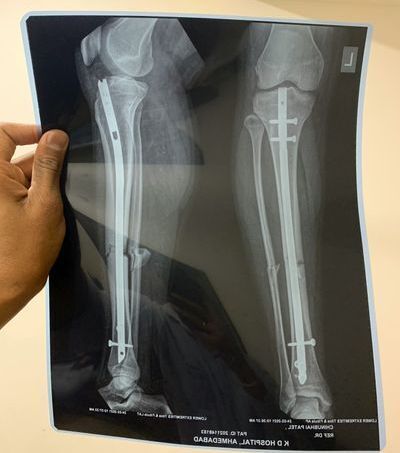
Dr. Michela Rossi's Innovative Study Sheds Light on Bone Remodeling Mechanisms
Gorham Stout Disease (GSD) patients and their families received a glimmer of hope as Dr. Michela Rossi, Bambino Gesù Children's Hospital in Rome, Italy, a dedicated researcher, presented groundbreaking findings from her study on GSD during the 2023 LMI/LGDA International Research Conference on Complex Lymphatic Anomalies. Her study was funded by a Young Investigator Award through donations raised by LGDA’s participating in the Million Dollar Bike Ride. This exciting research may open new doors for understanding and treating GSD, a rare and enigmatic disease affecting the skeletal system.
Michela Rossi embarked on a journey to unravel the mysteries surrounding GSD, a condition characterized by progressive osteolysis and rare. She shared a comprehensive overview of her research, which offers hope for GSD patients who have been longing for breakthroughs in their treatment options.
Her study centers on bone remodeling, a critical mechanism that maintains bone health and integrity. Alterations in this mechanism can lead to increased or decreased bone mass, a phenomenon seen in GSD. By investigating the bone remodeling activity in GSD, Michela hopes to shed light on how similar mechanisms might be affected in GSD patients.
The study involved the enrollment of ten patients with GSD from the Rare Disease Program at their hospital. The 10 patients ranged in age from one to 31 years, with a predominance of male cases. Michela and her team conducted a range of analyses, including bone biopsies, serum marker evaluations, in vitro experiments with patient bone cells, and molecular investigations.
One of the most significant findings from the research was the increased osteoclastogenesis observed in GSD patients, which implies an elevated breakdown of bone tissue. The increase in osteoclast precursor populations, specifically CD16-negative cells, provided crucial insights into the disorder's pathology.
To further understand how bone resorption was affected, Michela's team examined the patients' osteoclasts and osteoblasts at the molecular level. This revealed alterations in gene expression and microRNA regulation in these cells, suggesting complex mechanisms at play in GSD.
One of the most intriguing aspects of Michela's research was the role of extracellular vesicles (EVs). These small particles, including exosomes and microvesicles, play a role in bone remodeling and could potentially have a significant impact on GSD as well.
While Michela couldn't reveal the exact details of her new therapeutic approach due to pending patent applications, the fact that she's exploring innovative treatments for GSD holds promise for those with similar conditions. Her research will continue to explore the role of specific molecular pathways and novel drugs to inhibit osteoclast function.
Michela emphasized the importance of collaboration and urged rare disease patients and their families to engage with research and patient registries. Her work underlines the significance of continuous communication among patients, doctors, and researchers to drive progress in understanding and treating these complex diseases.
The rare disease community eagerly awaits further developments in Michela's research and future opportunities to discuss these findings. Hope continues to grow for those affected by these perplexing bone disorders as science progresses one step closer to unlocking their mysteries.
